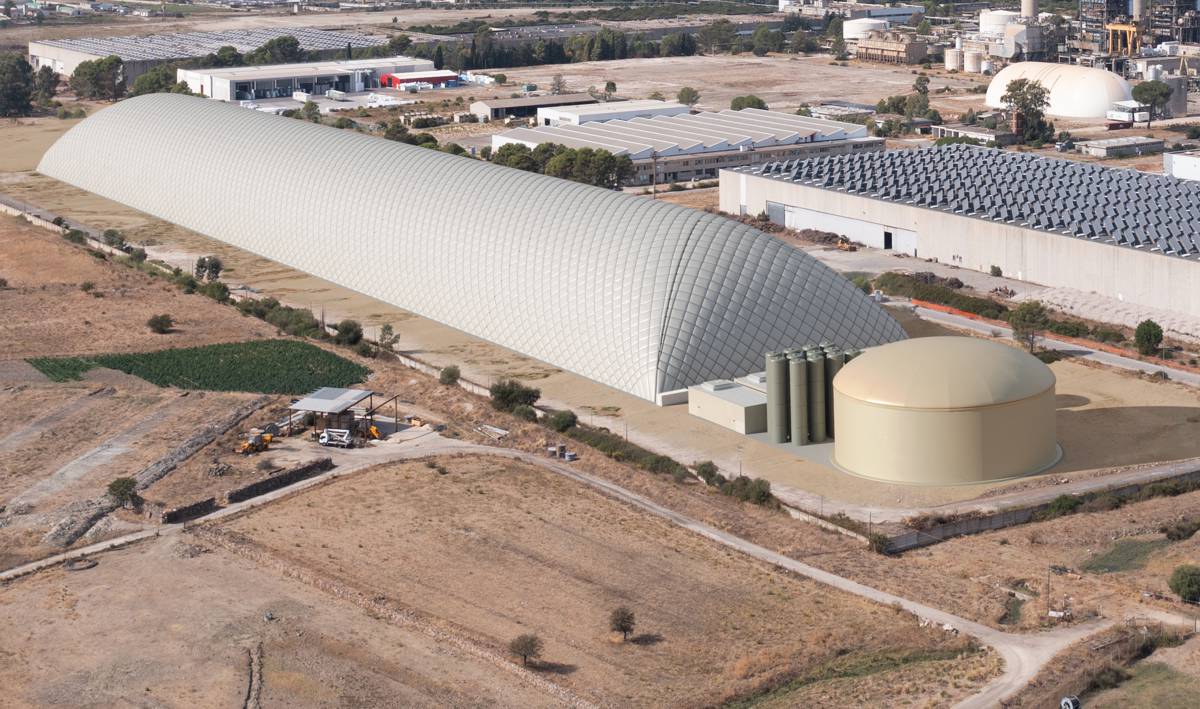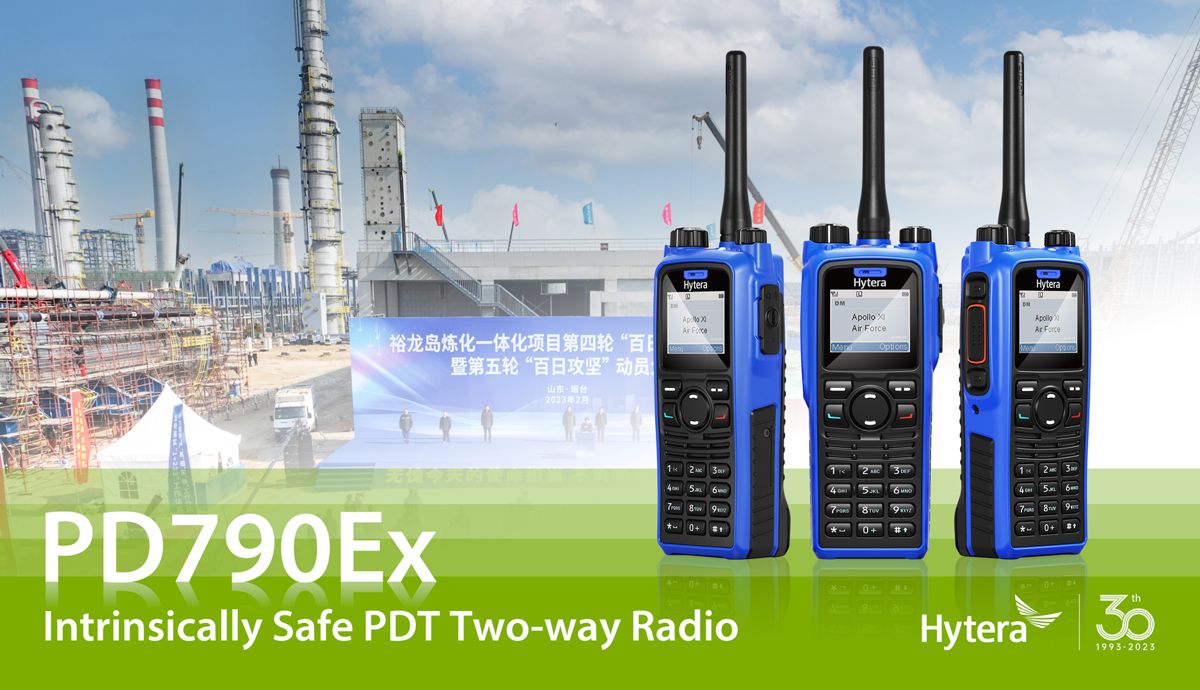Fujitsu’s Transport Trends for 2019
Every week, there are headlines heralding a new age of transportation, with technologies emerging that could almost have come from a sci-fi novel. But in reality, the future, and transport trends are extremely hard to predict.
There’s a myriad of moving parts, from the way that passengers live and work to transport technology itself.
“Like most professional sectors, the UK transport industry and its vast supply chain is undergoing continual technological evolution. In 2019, we find ourselves at a pivotal point at which some of the much-publicised technologies – such as Artificial Intelligence (AI), Internet of Things (IoT) and Machine Learning (ML) – are increasingly being explored as potential solutions for scaling across major transport organisations,” says Chris Patton, Fujitsu EMEIA Transport team.
To really make the most of technology, the whole transport sector must come together to determine how we can best leverage digital in the UK’s favour.
Chris Patton continues, “Transport is very much the shared domain of the public and private sector, and this gives it an unparalleled opportunity to nurture collaboration. However, any technology implemented needs to be sufficiently open and agile to accommodate new solutions in the future. What this means is that the pace of change shouldn’t close off potential innovations – instead, it should encourage them.”
Here we look at some of the key trends Fujitsu expects to characterise transport throughout this year.
Private-public collaboration
Optimising citizen mobility – through creating an integrated public transport network that is efficient, affordable and reliable – will become increasingly commonplace and popular, which means there is a clear opportunity for those in the transport sector to lead from the front.
But in order to create a seamless customer experience, which spans multiple public transport providers, greater collaboration is needed among these organisations. As providers increasingly begin to open up their data, so that services are aligned with their competitors and other modes of transport, end-users will start enjoying smarter journey features. For instance, connecting buses updated in real-time, preferences like window/isle seat and other personal data saved and automatically logged throughout all of their journeys.
This is a bold step for transport providers. That’s why smaller local use cases are needed to generate the momentum of Mobility-as-a-Service (MaaS) in the public transport sector, before national scale overhauls can be made. Local authorities are starting to wake up to the potential of intelligent mobility services, which is very encouraging to see.
How are my customers behaving? Can we leverage their digital information? Can we use that to predict where they’re going on their next journey, and when they’ll repeat the current one? By asking these questions and harnessing the wealth of consumer data available, transport providers can optimise their services, creating efficiencies, cutting costs and providing end-users with better transport experiences.
Blockchain in transport
Blockchain is certainly one of the most exciting technologies which holds great operational and commercial potential for the public transport sector. In essence, it may have the ability to completely transform how information is stored and transferred across global networks, in a way that can be more secure and streamlined than ever before.
The key word there, though, is potential. While it is undeniable Blockchain will make an impact, it is not yet infallible and can fall prey to cyber-attacks.
So, for the time being, smaller use cases are required to prove the efficacy of the technology. In this sense, rather than 2019 being crowned ‘the year of Blockchain’, we’ll instead see more small projects being activated within the industry, so that technology partners can demonstrate to stakeholders the benefits. This will then lead to further pickup and a natural evolution of Blockchain growing in more and more use cases throughout major transport organisations.
Heighted security
Security is especially important when considering that the assets that transport providers now own are increasingly becoming ‘connected’. From trains to buses to signal boxes and switches, it’s crucial to remember that if they are ‘connected’ they can be compromised.
What’s more, consumers are now providing more data than ever before. For the public transport sector, this represents potential to create efficiencies based on what consumers are telling operators from their everyday use of services. The other side of this data relationship is that transport providers become targets for cyber-attacks, which can destroy reputations and customer trust.
Throughout 2019, there will undoubtedly be more significant attacks on national organisations, across sectors, which sees customer data falling into the wrong hands. Data breaches aren’t just a concern for customers, either. With workforces increasingly going mobile, their information is at risk from malicious activity too. It will forever be the task of security partners to safeguard transport operators from attacks, as hacking professionals and their adversaries become more advanced in achieving their respective goals.
What’s more, the rise of autonomous vehicles within the MaaS ecosystem will step up the volume of data exchanges beyond anything near what we see today. Autonomous vehicle ride-sharing as an addition to public transport may sound like an ideal solution to overcrowding on our existing services, but the dangers involved with data hacking mean vehicles and services must be as close to impenetrable as possible before they are made widely available to consumers.
Trusted technological counsel
With many new technologies entering the picture that offer huge scope for change, transport industry stakeholders can naturally feel confused by which innovations will drive long-term benefits.
This is where trusted technology partners offering expert advice – not only on which technologies can be beneficial to individual providers, but how to maximise their potential across the whole business – will be increasingly relied upon in the years ahead.
It is incumbent upon technology partners to help transport operators understand exactly how AI, IoT, ML or Blockchain can optimise their services, now and in the future. How they use these technologies to improve services for their customers, as well as how to incubate a future-focused culture internally, is really where those partners can add their value to public transport.
Throughout 2019 and beyond, a major challenge for technology partners in the transport sector will be how to help operators differentiate their offerings. A key part of this will be demonstrating how certain solutions can help operators drive better operational efficiency – whether that’s improving the passenger experience by joining up ticketing to create seamless door-to-door journeys or more reliable services through predictive maintenance.
But introducing new technologies at the pace of other consumer-facing sectors like retail is simply unfeasible, due to the infrastructural complexities of transport. However, by offering incremental upgrades to solutions like Oyster cards, to contactless bank cards, to smartphone app payments, operators can show they are listening to consumers and striving to meet rapidly changing technological expectations.















